Five questions that investors will have about the Instacart IPO
Online grocery delivery service has survived the transition to a post-covid economy, but that doesn't mean Instacart's future profitability is guaranteed.
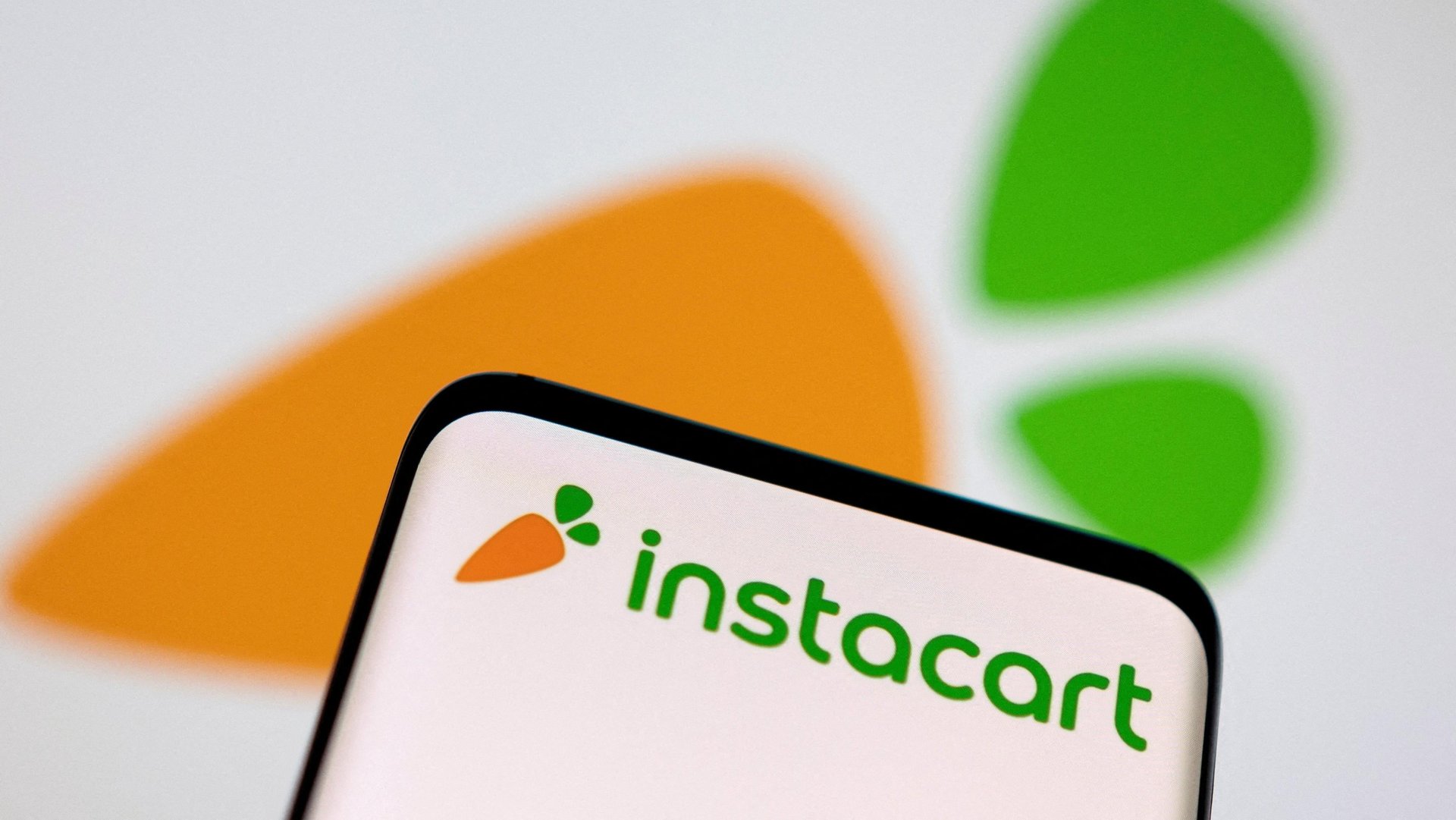
Instacart will go public next week, giving its venture capital investors the exit they’ve been looking for. The company has a small user base with high margins on fees, grocery enterprise software, and advertising, but investors are going to look for the stock (under the ticker symbol CART) to take off quickly as the tech sector rebounds from a year of de-risking.
Instacart’s new S-1 filing on Monday showed that its valuation is tens of billions below what it was a year ago, indicating that investor appetite for food delivery stocks has declined significantly.
This isn’t because of lower demand for grocery delivery services, however: It’s because the entire market decided to dump tech stocks when interest rates started rising and investors began to realize how much froth there was in the market. After a wave of SPAC IPOs, crypto bull runs, and other crazes, the market needed to de-risk.
Instacart isn’t growing nearly as quickly as DoorDash or Uber Eats, and has seen its gross transaction volume advance by a meager 6% year-over-year. Instacart will have to show investors how it’s going to reaccelerate—something they want to see from most tech stocks in 2023, noted Alliance Bernstein analysts Nikhil Devnani and Eva Zhang.
Click ahead to see what analysts are wondering about Instacart’s business fundamentals as CART heads for launch.
1 / 5
Why is Instacart’s customer base so small?
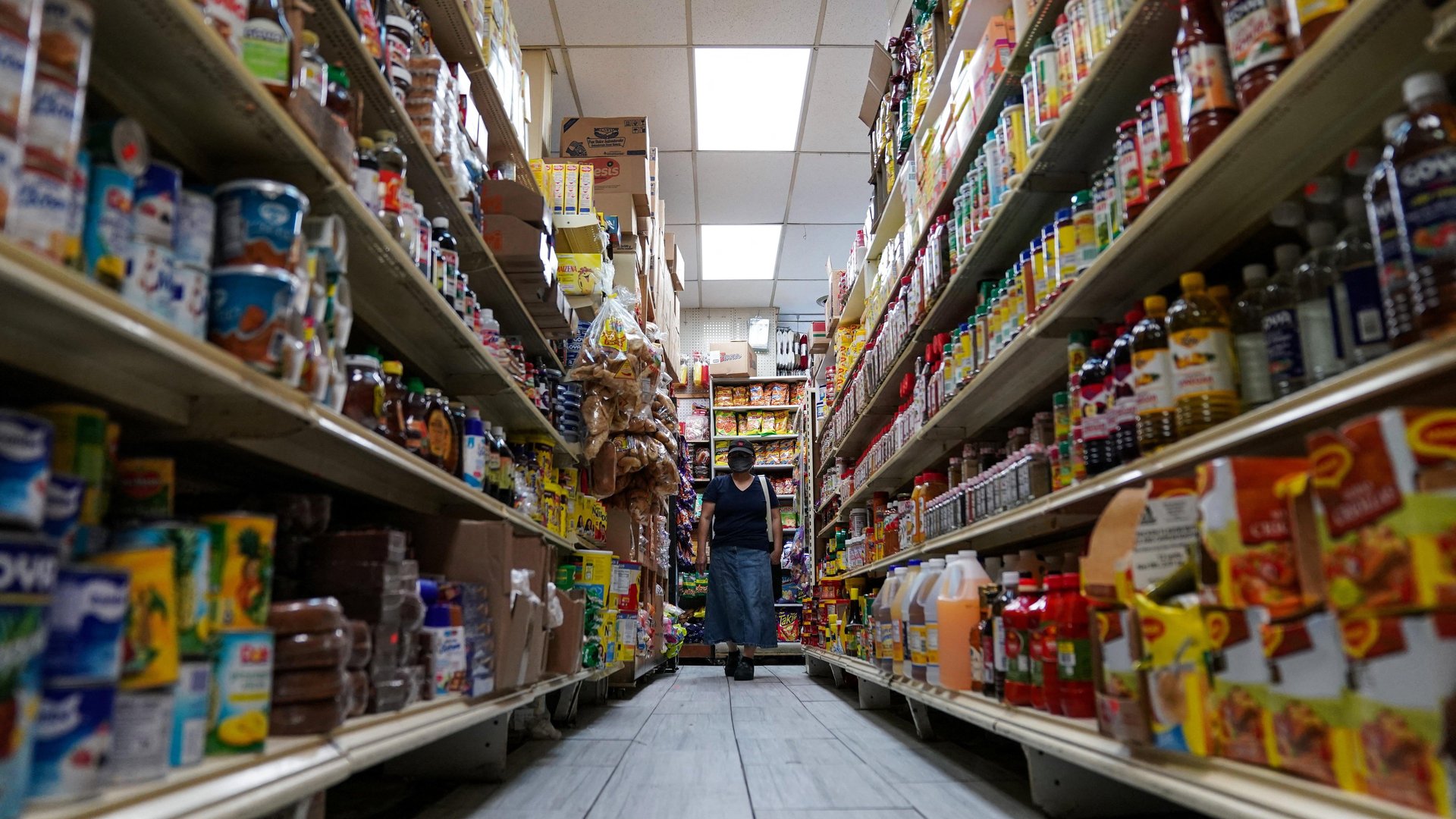
The company only has 7.7 million users, and it’s curious that Instacart didn’t come out of the pandemic era with more market share, the Bernstein analysts wrote.
With 124 million US households in the grocery market, the small user base could be seen as a growth opportunity. But with DoorDash having 32 million active monthly users, the 7.7 million looks small.
For what it’s worth, more than half of Instacart’s customers make at least $80,000 a year, and they place big orders, averaging $317 a month, per the company’s S-1 filing with the US Securities and Exchange Commission (SEC). And after some Instacart customers have been with the company for six years, they tend to double the value of their transactions.
2 / 5
Can Walmart wipe out Instacart?
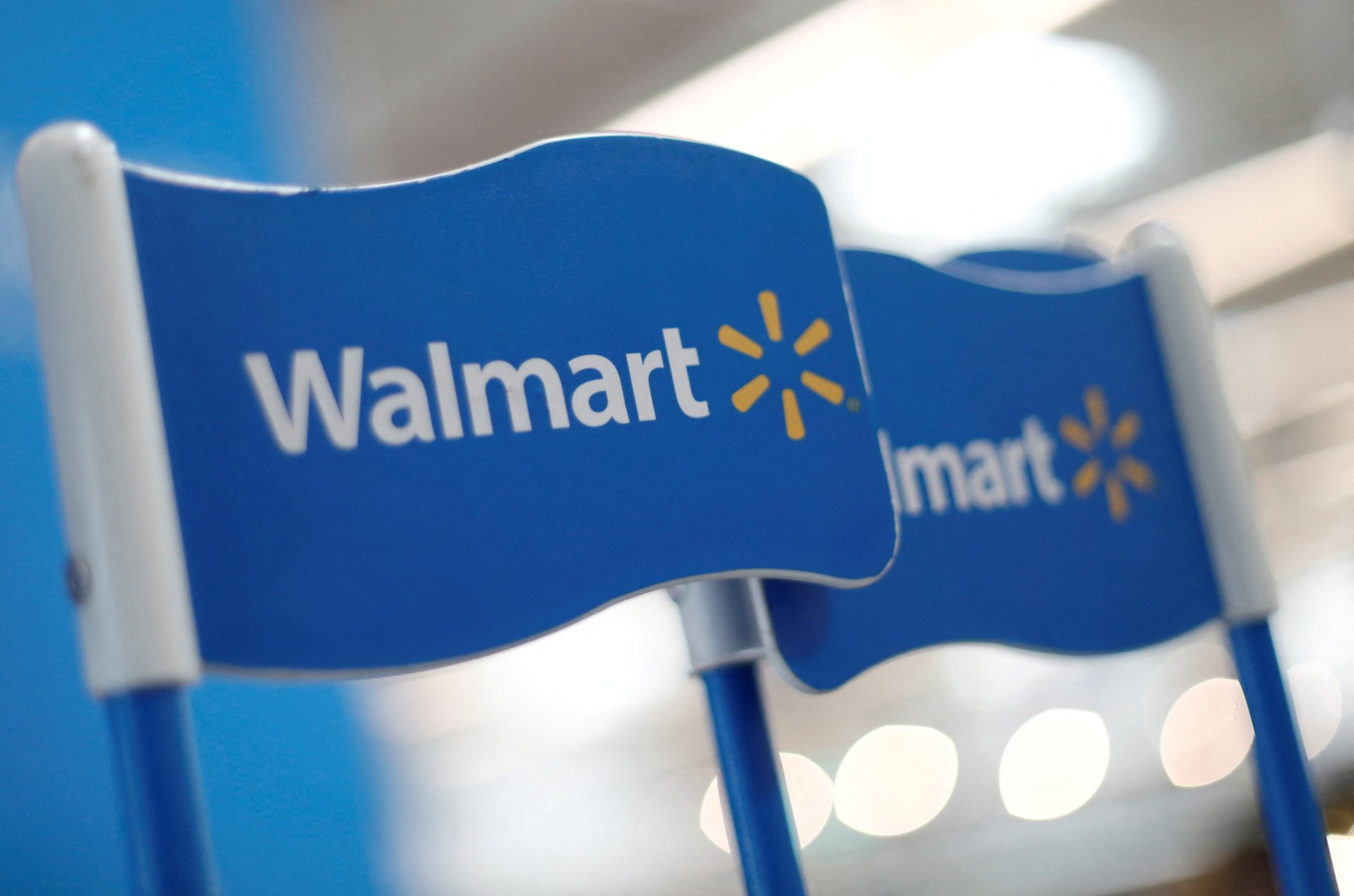
Right now, 43% of Instacart’s gross transaction volume comes from three grocery retailers, noted the Bernstein analysts. To be fair, the grocery market is a pretty concentrated market—most groceries are bought from just 10 retailers, and Walmart takes up a whopping 20% of that market.
In a research note, the Bernstein analysts asked Instacart management whether or not those three retailers would be durable, and exactly how the company planned to diversify its revenue streams in the future. Plus: There’s always a chance that grocery retailers could choose another tech delivery provider.
Currently, Instacart can keep those retailers happy with software for e-commerce, fulfillment, and analytics. It can even give insights to retailers that help them target ads on their own homesites to customers who would be receptive.
3 / 5
How much room does Instacart have for ad growth?
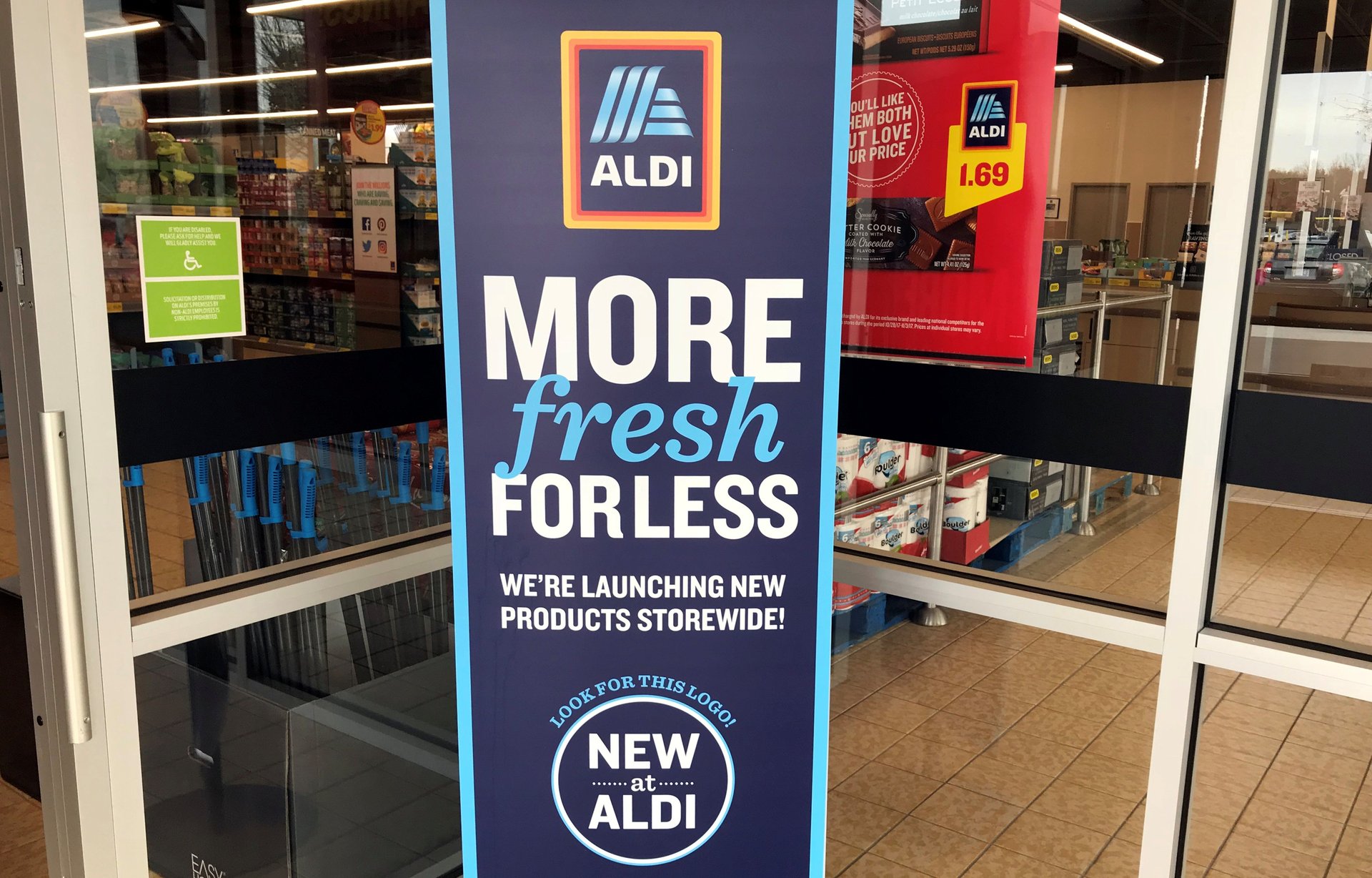
Investors will be looking toward Instacart’s ad revenue for bigger gains. Instacart offers a variety of ad products, including sponsored ads, display ads, coupons/discounts, and ads delivered to retailers’ websites directly. The company noted in its S-1 that the combination of higher interest rates, changing consumer demand, and reduced government stimulus sent the ad economy into a downturn earlier this year, which also damaged Instacart’s business on this end.
While the ads that Instacart offers can be much more targeted based on consumer behavior, the sensitivity of the ad market to macroeconomic conditions is a headwind.
4 / 5
Will grocery delivery demand hold steady?
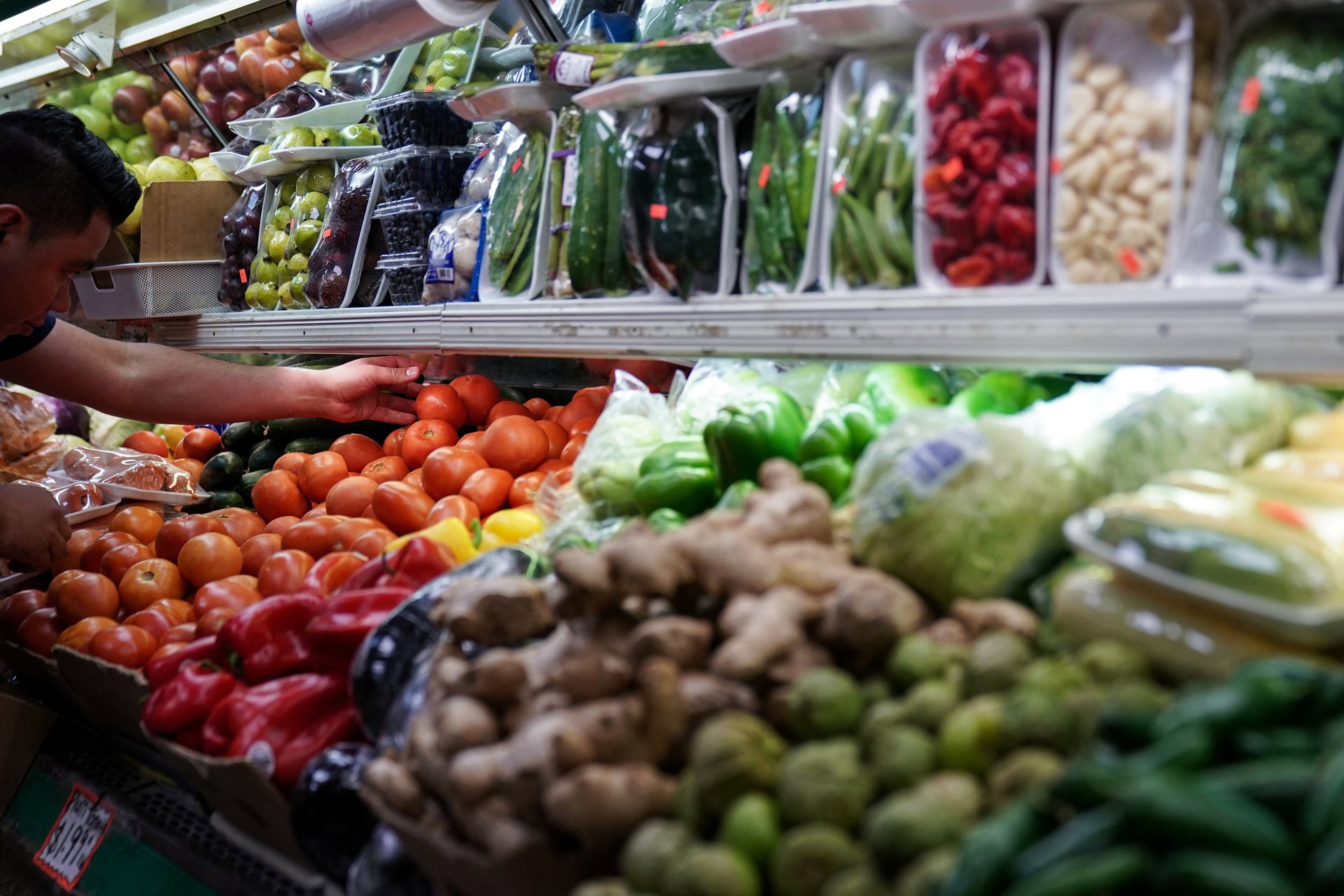
Despite consumers returning to more normal activities post-pandemic, the grocery delivery market has remained resilient. Instacart pointed out in its S-1 that this could still change.
Expanded food benefits ran out in March of this year, which might send some consumers back to the grocery store if they can’t afford delivery anymore, and if the US economy were to enter a recession, then consumers might be much more mindful of delivery fees and choose to pick up their groceries or shop for themselves.
5 / 5
How does Instacart’s pricing strategy compare to competitors?

In 2021, a group of economists from the Massachusetts Institute of Technology and IESE Business School studied (pdf) the patterns of algorithmic pricing created by grocery delivery service companies using a dataset from Nielsen Consumer and marketing databases.
The economists found the advent of grocery delivery services—including Instacart—allowed for more frequent and smaller price changes to keep retailers more competitive. Instead of setting prices uniformly, grocery store retailers can now change prices rapidly based on zip codes. While supply chains continue to be the most important factor when it comes to setting food prices, Instacart’s algorithmic pricing strategy could become a deciding factor in its relationships with both consumers and retailers down the line.
